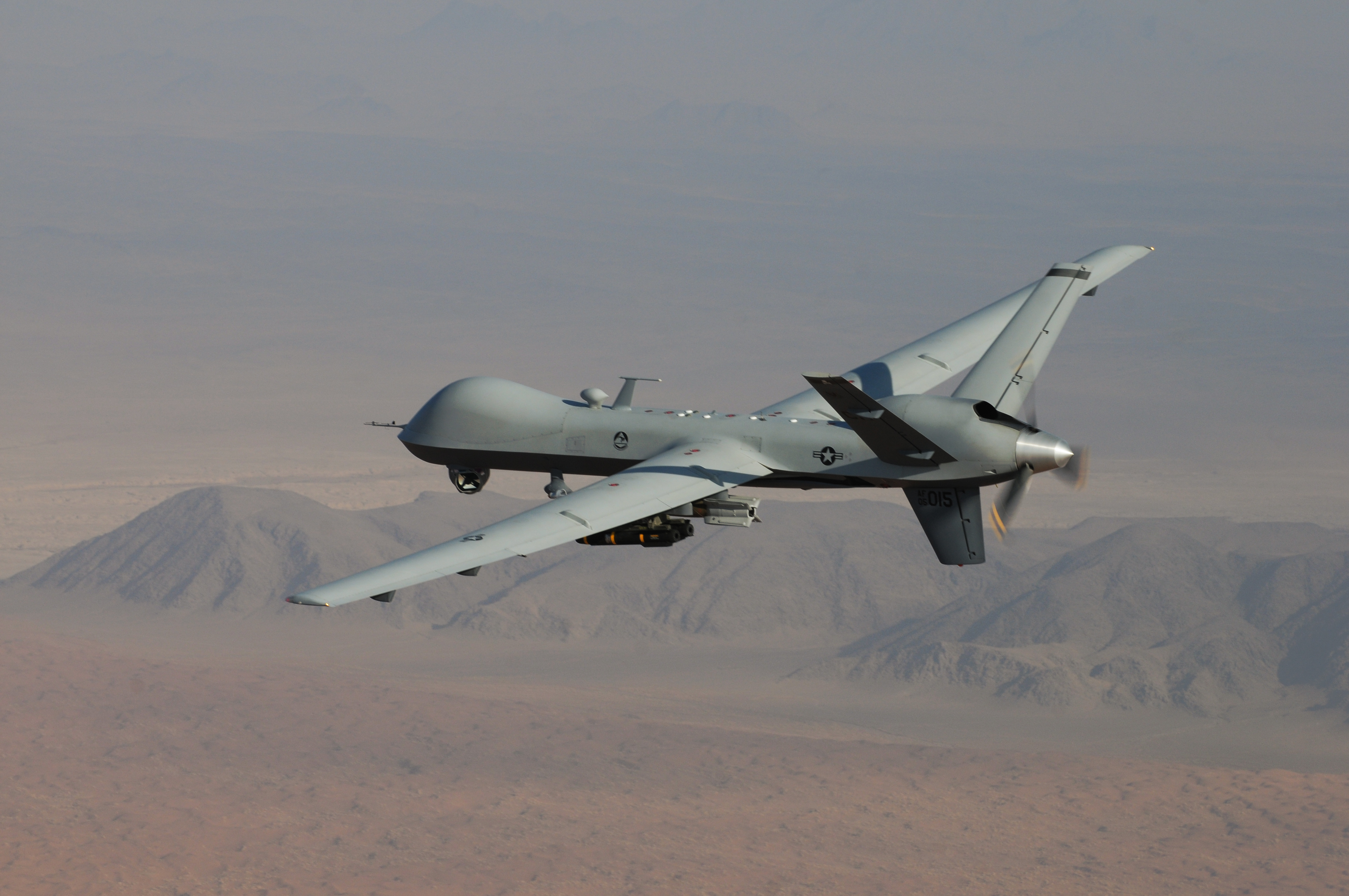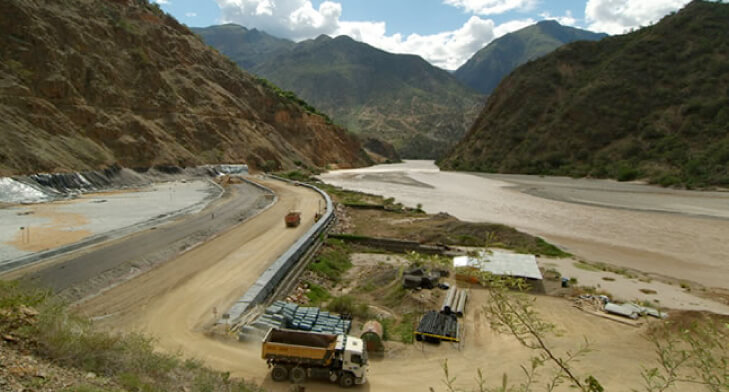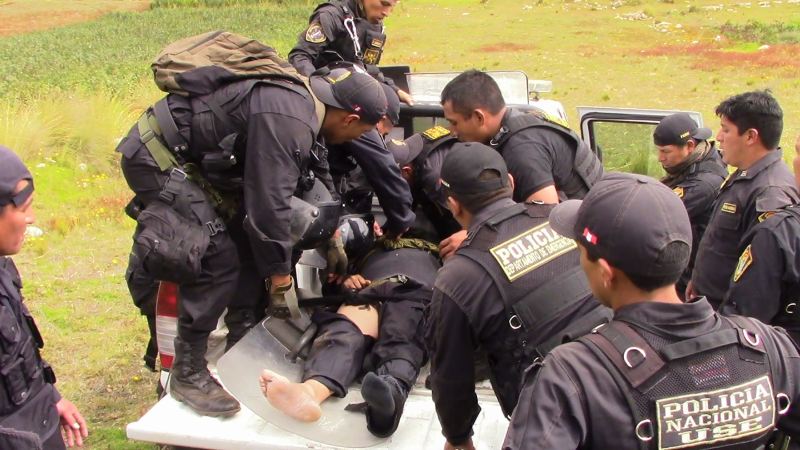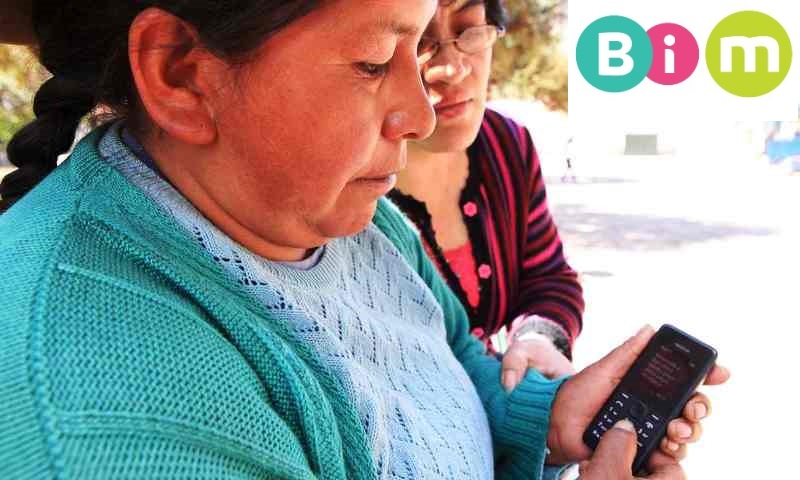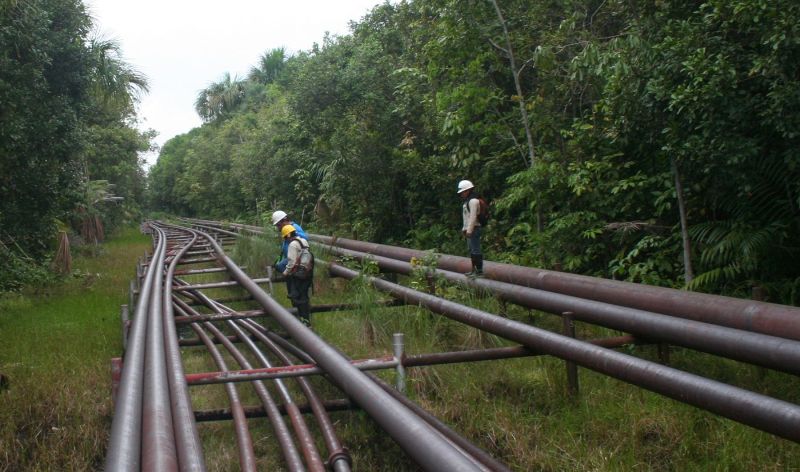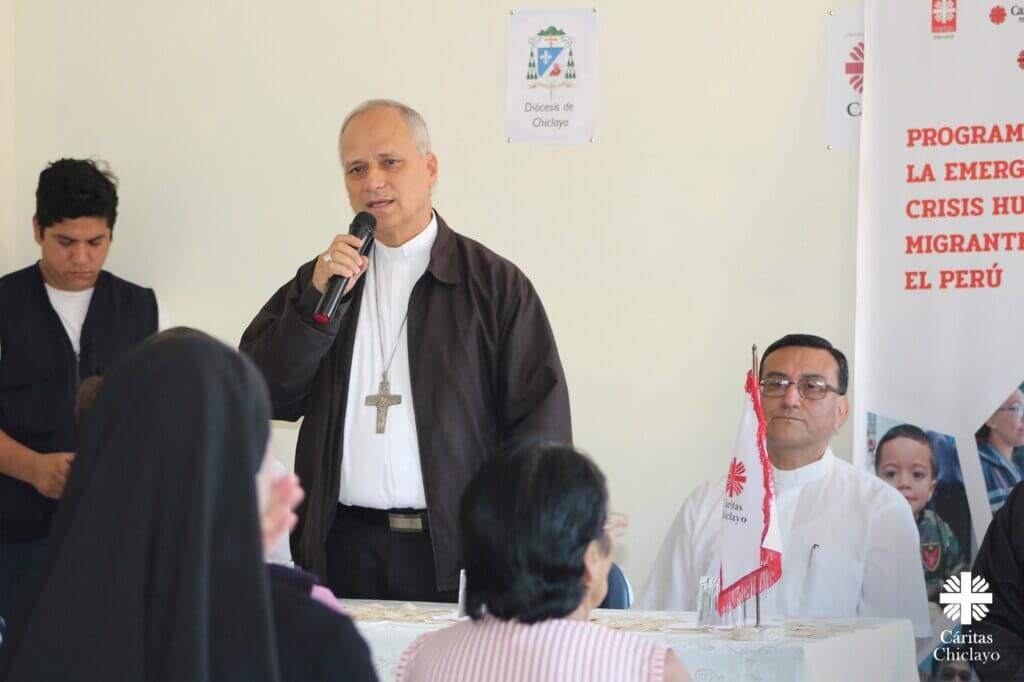With a complex array of social and political worries on the ground in Peru, a bird’s eye view from above is always a welcome sight. That’s why the country is using drones to help cover aspects of security, like combating the illegal drug trade, as well as environmental protection with glaciers and oil spills.
Chinese-made drones are particularly on the rise in the Peruvian and Latin American markets, as the large U.S. drone market focuses mainly on domestic buyers and those from NATO-affiliated countries.
According to defence news site Quwa, Latin America is an emerging market for drone companies that could see widespread competition between manufacturers. “The likes of Brazil, Chile, Colombia, Peru and Argentina, while relatively cost-sensitive, are still capable of executing large purchases of big-ticket items,” it wrote.
China recently announced the release of a new Wing Loon drone, which will be used for reconnaissance strikes, and should have an impact on the Latin America market, among other regions of the world as it expects to secure 1.9 billion euros in sales globally, the Quwa article stated.
Other Chinese drone makers, like Airlango, are finding their niche in the marketplace of drones for personal use. Airlango executives envision a world where people can interact with drones in a way beyond just taking photos or videos, as the company has already produced drones that recognize and respond to their owners as if they were their pets.
“In the future, we believe drones will be smarter and require less human expertise in operations, while users can spend more time enjoying the fun and convenience of an increasingly intelligent companion that knows how to best serve owners’ needs,” said Yinian Mao, CEO of Chinese drone manufacturer Airlango, said in a press release earlier this year.
This diverse use of drones is exemplified in Peru, where seemingly every day there is news of drones being utilized as solutions for the country’s problems.
After recent damage was done to the Nasca Lines, a UNESCO World Heritage Site, when a truck drove over the 2,000-year-old geoglyphs, representatives from Peru’s Culture Ministry have said they will use drones to secure and surveil the area.
Drones are also being used to combat the spread of the mosquito-borne Zika virus in places like Pucallpa in the Peruvian Amazon by controlling large groups of mosquitos and, potentially, their reproduction patterns. Drone maker and WeRobotics co-founder Adam Klaptocz told Reuters that it would only take two or three drones to control mosquitoes on a city scale by trapping them and later dispersing them in strategic locations.
“It’s beneficial to a larger population if you have this (drone) technology,” he said.


